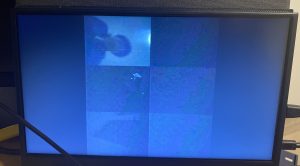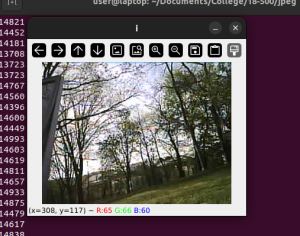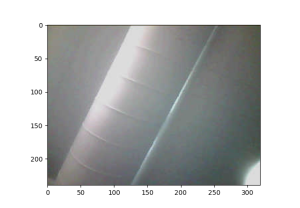Part A: … with consideration of global factors. Global factors are world-wide contexts and factors, rather than only local ones. They do not necessarily represent geographic concerns. Global factors do not need to concern every single person in the entire world. Rather, these factors affect people outside of Pittsburgh, or those who are not in an academic environment, or those who are not technologically savvy, etc.
Being a technology product, EyeSpy can present a challenge to use for people who are not very tech savvy. However, our design goal of plug-and-play operation should make it easy to use even for people that are not very tech savvy. EyeSpy is also fully compatible with all wireless regulations globally as it uses the internationally standardized 2.4 GHz ISM band. Since EyeSpy doesn’t require an electric grid connection to work, varying grid voltage and frequency shouldn’t be a hindering factor
Part B: … with consideration of cultural factors. Cultural factors encompass the set of beliefs, moral values, traditions, language, and laws (or rules of behavior) held in common by a nation, a community, or other defined group of people.
Our product doesn’t necessarily have a high cultural impact, and does not offend / attack any particular rules set in any culture. Our camping security system can help people when they are doing religious prayers or ceremonies and need to have a sense of the surroundings, and thus continue the religious proceedings in peace. Our product does not break any existing laws as such, as long as it is used for the right purposes and not for anything illegal.
Part C: … with consideration of environmental factors. Environmental factors are concerned with the environment as it relates to living organisms and natural resources.
Our product does have some environmental factors. Some of the main concerns are with how it will interact with wildlife. It could be harmful to wildlife if they decided to try to eat or play with the remote camera nodes as they contain harmful chemicals and other items such as the camera, the battery, etc. The main concerns relating to natural resources is the sustainability of sourcing material for the remote node. The main concern for this is the battery and how often will the health of the battery remain. Batteries are also very expensive in terms of manufacturing and the environmental impact that comes with it.
Were any changes made to the existing design of the system (requirements, block diagram, system spec, etc)? Why was this change necessary, what costs does the change incur, and how will these costs be mitigated going forward?
No major changes have been made to the design of the system yet.
Provide an updated schedule if changes have occurred.
There are no major updates to our schedule as of yet and no changes have occurred.





